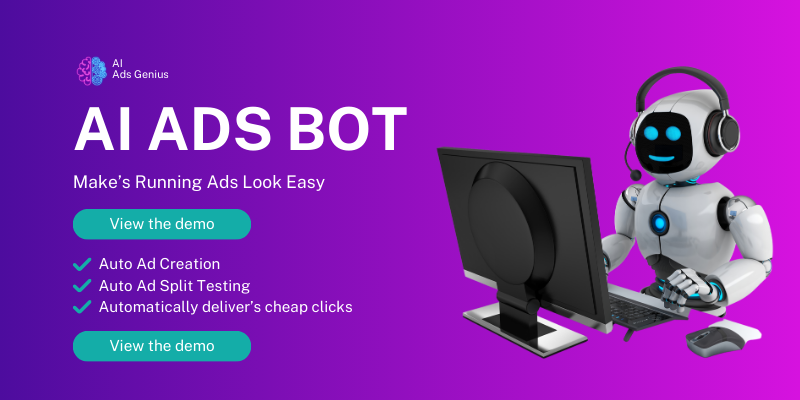Understanding the Facebook Pixel
What is the Facebook Pixel?
So let’s start with the basics: what is this Facebook Pixel people keep buzzing about? It’s a piece of code you throw on your website to track visitor actions. Think of it as your digital assistant, logging what people do on your site. When someone clicks, scrolls, or makes a purchase, the Pixel takes notes. It’s not just for show – it helps you optimize your ad campaigns.
By tracking user behavior, you can gather valuable insights. This means you understand what products users are interested in, which pages they visit the most, and ultimately how you can turn those visits into sales. Trust me, once you start diving into these insights, you’ll wonder how you ever ran your business without it.
So yes, it’s crucial if you’re into ads and want to maximize your reach. But don’t sweat it if you have more questions; I’ll break down how this all ties together as we go along!
Using the Pixel Beyond the Website
Social Media Integration
Many folks think the Facebook Pixel is exclusive to their website. Nope! You can use it with your social media too. When people interact with your posts or ads directly on Facebook, the Pixel can track that activity, giving you more data to work with.
Imagine if someone sees your post on Facebook, clicks on it, and then buys something from your site. The Pixel tracks that whole journey, allowing you to see which posts lead to sales. This not only helps you refine your content strategy but also tells you which platforms are driving traffic.
It’s like having a little detective working for you, gathering evidence on what actually works. And let’s be real, who doesn’t want all the juicy data possible?
Ad Campaign Optimization
Targeting The Right Audience
Now that we’ve established that the Pixel is crucial for understanding visitors, let’s talk about how it helps you fine-tune ad campaigns. When you’re running ads, you want to reach the right crowd, right? Well, the Pixel helps with that by gathering data on who’s visiting your site.
If you notice a particular demographic is repeatedly engaging with your products, you can adjust your ads to target similar audiences. It’s almost like having a cheat sheet for understanding your market. Over time, this leads to better conversion rates and more bang for your buck.
Just remember to keep tweaking your audience settings based on the data the Pixel provides. It’s not a set-it-and-forget-it deal. You gotta stay on top of your game to see the true benefits!
Integration with Google Ads
Using Both Platforms Together
Okay, let’s address the elephant in the room: do you really need to run Google Ads if you have the Facebook Pixel? Short answer: yes, you can absolutely use both! Each platform has its strengths, and together, they make a powerhouse.
Consider Facebook for its social reach. You connect emotionally with users through engaging content. On the other hand, Google Ads can capture intent-driven searches. People are actively looking for something when they use Google, making it a fantastic opportunity for conversion.
So if you combine the data you gather from the Pixel on Facebook with insights from Google Ads, you get a pretty comprehensive view of your customer journey. This combo enhances your marketing efforts significantly. You can cater to every touchpoint in the buyer’s journey – talk about strategic!
Staying Ahead of Competitors
Leveraging Data for Competitive Advantage
If you’re like me, you probably want to stay ahead of the curve. Using the Facebook Pixel effectively does just that! By employing the insights gained, you can spot trends and behaviors before your competitors even catch on.
Knowing what products are gaining traction or which marketing strategies are resonating allows you to pivot quickly. If you notice certain products flying off the shelves, you can ramp up ad spend on those or even promote them through Google Ads.
Staying vigilant with the data means you not only serve your current customers better but also attract new ones. And we all know in the fast-paced digital world, staying reactive is key to maintaining an edge over others!
Conclusion
So there you have it! The Facebook Pixel isn’t just a tool limited to your website; it’s a game changer that can enhance your entire marketing strategy. Whether you’re focusing on social engagement, optimizing ads, or battling for that competitive edge, integrating the Pixel will only benefit your efforts.
Don’t forget that data is your friend and can guide you toward smarter decisions. Embrace it, learn from it, and watch your campaigns soar to new heights. And hey, if you have any more questions about the Pixel or anything else, I’m always here to help!
FAQ
1. What exactly does the Facebook Pixel do?
The Facebook Pixel tracks visitor activities on your website, helping you understand how users interact with your site and ads. It provides valuable data for optimizing ad campaigns.
2. Is the Facebook Pixel only for Facebook ads?
Nope! While it’s primarily designed for Facebook advertising, the Pixel can also enhance your overall marketing strategy when used alongside other platforms like Google Ads.
3. Can I use the Pixel on multiple websites?
Absolutely! You can create multiple Pixel codes for different websites, allowing you to track visitor behavior across various online spaces.
4. How do I know if the Pixel is working correctly?
You can use Facebook’s Pixel Helper, a Chrome extension, to verify if your Pixel is installed correctly and track events. It’s super helpful for troubleshooting.
5. Do I need to run Google Ads if I have the Pixel?
While the Pixel helps optimize Facebook ads, using Google Ads alongside it can expand your reach to a wider audience since both platforms attract different types of traffic.

